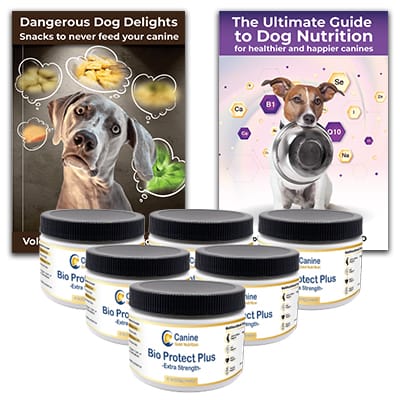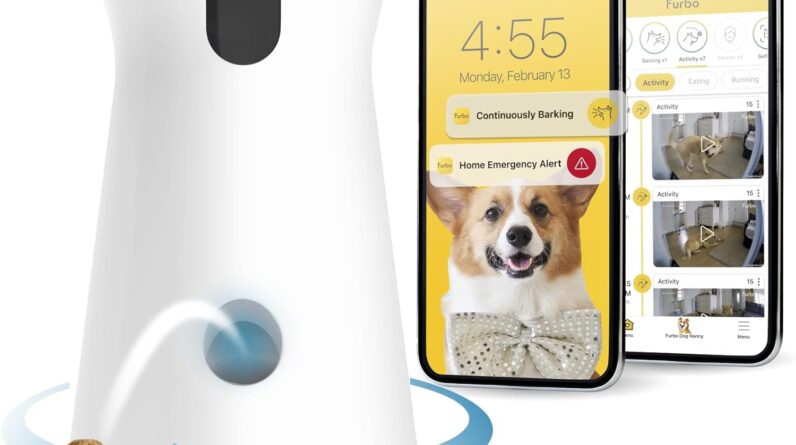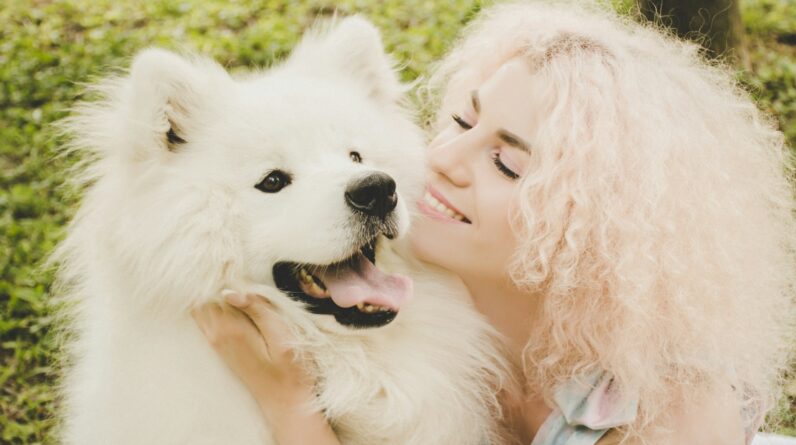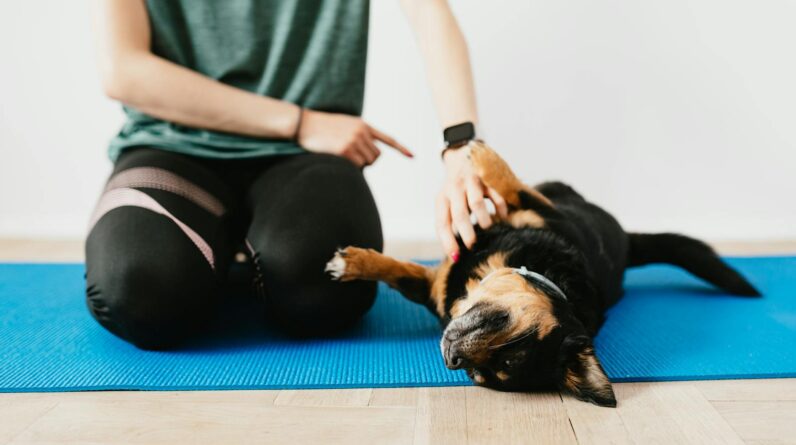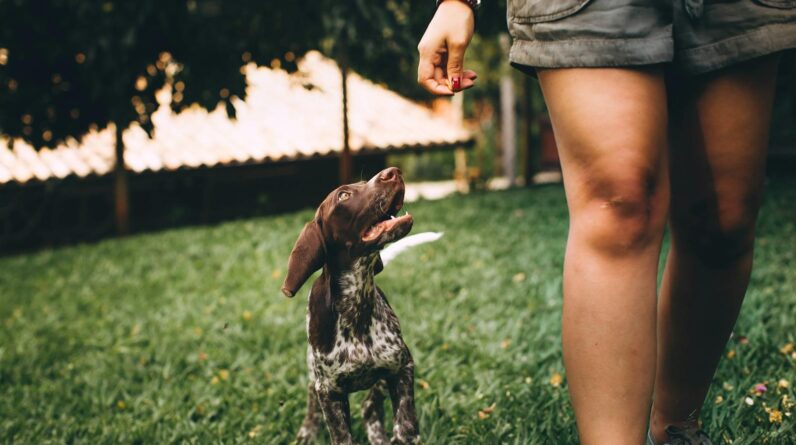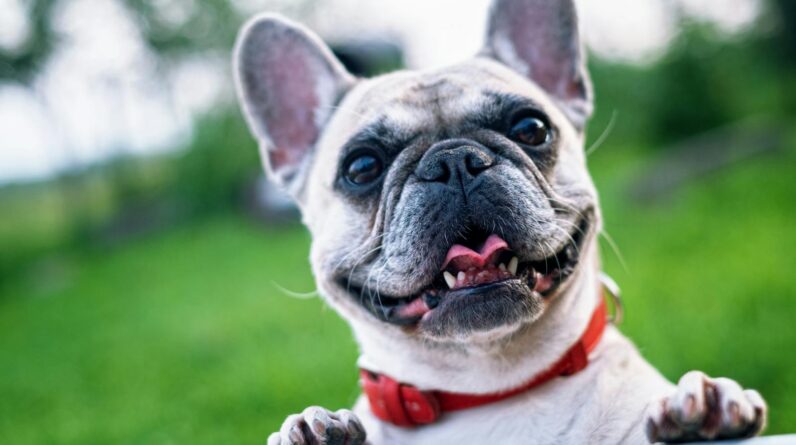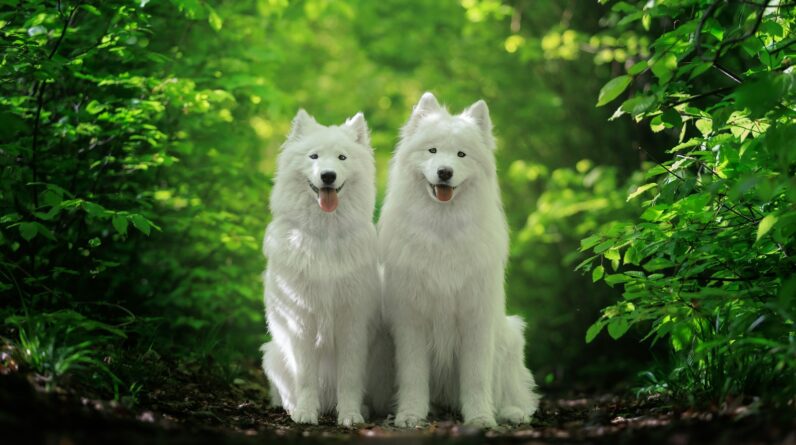
Get Your Pup Looking Pawsome: Top Dog Grooming Tips
Hey friends! Do you have a furry buddy at home? Keeping them clean and neat is super important, and that’s what we call grooming. What’s cool is that you don’t always need to go to a pro. You can make your dog look great all by yourself! Today, we’re going to chat about some easy grooming techniques that make sure your dog is the coolest pup on the block.
Brushing Your Dog’s Fur
Let’s start with brushing. It’s like combing your hair – but for your dog! It gets rid of any tangled hair and dirt stuck in their coat. Plus, it’s a great way to check for any little bumps or cuts on your dog’s skin. Use a brush that’s right for your dog’s type of hair. Short-haired dogs need a brush with soft bristles. Dogs with long hair need a brush that can get through those longer locks without hurting them. And the best part? Brushing feels like a nice back scratch to your dog. They’ll love it!
Time for a Bath
Next is bath time. Some dogs love water, and some don’t. But all dogs need a good scrub now and then to stay clean. Use a dog shampoo that is soft on their skin. Human shampoo is a no-no – it can be too harsh for your dog’s skin. Make sure the water is not too hot or too cold. Talk to your dog in a calm voice while you wash them. It can help them chill out if they are not super excited about bath time.
Clip Those Nails
Now, what about their nails? Have you heard that clicking sound when your dog walks on a hard floor? It means their nails are a bit too long and need trimming. Leaving them long can cause pain for your dog, so it’s important to keep them short. You can use special dog nail clippers. If you’re not sure how to do it, ask a grown-up or a vet to show you the right way. Be careful – you want to clip only the tips and not where it can hurt them.
Ear Cleaning is a Must
Dog ears can trap a lot of dirt and yucky stuff. So, cleaning their ears is super important. There are special wipes and solutions for cleaning dog ears. Remember not to push anything deep into their ears, as that can hurt them. Just gently clean the parts you can see. If there’s anything that looks weird or smells funny, it’s time to see the vet.
Dental Care for Dogs
Ever smelled dog breath? Phew! Keeping their teeth clean can help with that. They have toothbrushes and toothpaste just for dogs – no minty fresh here, more like chicken or beef flavor. Yum! for dogs, anyway. Gently brush their teeth to keep away the nasty plaque that can cause problems. Plus, it helps their breath smell a bit better.
Finishing Touches
Last but not least, let’s talk about the finishing touches. After all the cleaning and brushing, your dog might look a little wild. If they have long hair, you might need to trim them with some safety scissors so they can see and walk without tripping over their own fur. Dogs with a lot of hair around their face, like Shih Tzus or Poodles, might need a little trim so they can see their food and not make a mess when they eat.
When you’re all done, give your dog a nice big hug and maybe a treat. They’ve been such a trooper through all the grooming. You’re both going to love how neat and tidy they look. Plus, spending time grooming your dog is a cool way to hang out together and make them feel loved.
Remember, these are just some tips to help you get started. Every dog is different, and what works for one might not work for another. It’s all about learning what your dog likes and what makes them comfortable. Happy grooming!
Stay Safe and Keep Learning
PS: Always make sure you’re safe when you’re grooming your dog. They might wiggle around or get a bit grumpy. If you ever feel unsure, ask for help. And keep on learning new ways to make grooming fun for you and your furry best friend!
What are the most effective tools for dog grooming?
Effective dog grooming starts with the right tools. Brushes and combs are essential for detangling and maintaining coat health. A slicker brush works well for removing mats and dead fur, while a comb can help you fine-tune the job and get to the undercoat.
For trimming fur, you’ll need a good pair of grooming scissors or clippers. Clippers are ideal for large areas and thicker coats, while scissors provide precision for shaping around the face and paws. Nail trimmers and grinders are also key for keeping those claws in check.
How often should I groom my dog to keep their coat healthy?
Grooming frequency can depend on your dog’s breed, coat type, and activity level. Short-haired dogs may need a brush once a week, while long-haired breeds often require daily brushing to prevent mats and tangles. A regular grooming routine will keep your dog’s coat clean and shiny.
Baths are a different ball game and should be given every few months or as needed. Too much bathing can strip the coat of natural oils, so it’s about finding that sweet spot. And don’t forget to check their ears, eyes, and teeth as part of the grooming process.
Can I groom my nervous dog at home, and how?
Grooming a nervous dog at home takes patience and gentle reassurance. Start by getting them used to the grooming space and tools without actually grooming. Let them sniff each item and give treats when they remain calm. This builds positive associations with the grooming process.
Keep initial grooming sessions short and sweet, gradually increasing the duration as your dog becomes more comfortable. Always use a soothing voice and offer plenty of praise and treats. If anxiety persists, consider consulting a professional groomer for specific tips tailored to your dog’s needs.
What’s the best technique for dealing with a dog’s shedding?
Controlling shedding starts with regular brushing. Use a de-shedding tool or brush that’s appropriate for your dog’s coat type to capture loose fur before it hits your furniture. Brush in the direction of the hair growth to collect as much fur as possible and to keep your dog comfortable.
In addition to brushing, ensure your dog’s diet is rich in fatty acids, which can help improve coat health and reduce excessive shedding. Regular baths with a deshedding shampoo can also help loosen and remove undercoat during peak shedding seasons.
Are there any dog grooming techniques to avoid irritation for my dog’s sensitive skin?
When grooming a dog with sensitive skin, gentle is the way to go. Use a soft-bristled brush or a rubber grooming glove. These won’t scratch the skin but will still effectively remove loose fur. Always be mindful of how much pressure you’re applying; lighter is better.
Choose hypoallergenic and soap-free shampoos for bath time. These are specially formulated to be kind on sensitive skin and prevent irritation. After bathing, thoroughly rinse your dog to remove all traces of shampoo, as residue can lead to itchiness. Make sure they’re completely dry, too!
Key Takeaways
- Regular brushing is the backbone of dog grooming. Depending on your dog’s coat, you might need a specific type of brush or comb to avoid tangles and matting.
- Bath time doesn’t have to be a battle. Use lukewarm water and dog-friendly shampoo. Remember to thoroughly rinse out all the soap to prevent skin irritation.
- Clipping your dog’s nails can be tricky but is essential for their health. Know the right techniques to avoid cutting the quick, and always keep styptic powder on hand to stop any bleeding.
- Cleaning your dog’s ears should be gentle to avoid discomfort or damage. Use a vet-recommended solution and softly wipe without digging deep into the ear canal.
- Oral care is super important for dogs, too. Brush their teeth with canine toothpaste to keep those chompers healthy and their breath smelling better.
- Proper drying post-bath is a must, especially for dogs with thick or long fur. Pat them dry and use a low-heat hairdryer, or let them air dry if they’re uneasy with the noise.
- Professional grooming tools can make all the difference. Investing in high-quality clippers, shears, and brushes pays off in smoother grooming sessions.
- Stay consistent with grooming routines. This keeps your furry friend looking good and can prevent health issues associated with poor coat and skin care.
- Don’t forget to reward your pup! Treats and praise after a grooming session make it a positive experience and help your dog learn to sit still in the future.
Final Thoughts
Alright, let’s wrap this puppy pampering talk! Regular brushing is a game-changer for your dog’s coat, keeping it smooth and mat-free. And those nails? Keep ’em trimmed to avoid any tap-dancing sound effects on your floors. Bath time isn’t just splash-fun; it’s a must for clean, healthy fur. Use doggie shampoo to get all the dirt out without irritating their skin.
Teeth brushing might have your pooch giving you the stink eye initially, but it’s crucial for a pearly white bite and fresh dog breath. Don’t forget those ears! A gentle wipe prevents any nasties from setting up camp. And through all this, remember that treats and cuddles make a great bribery system. With these techniques, you’ll have the classiest-looking canine strutting down the block!

